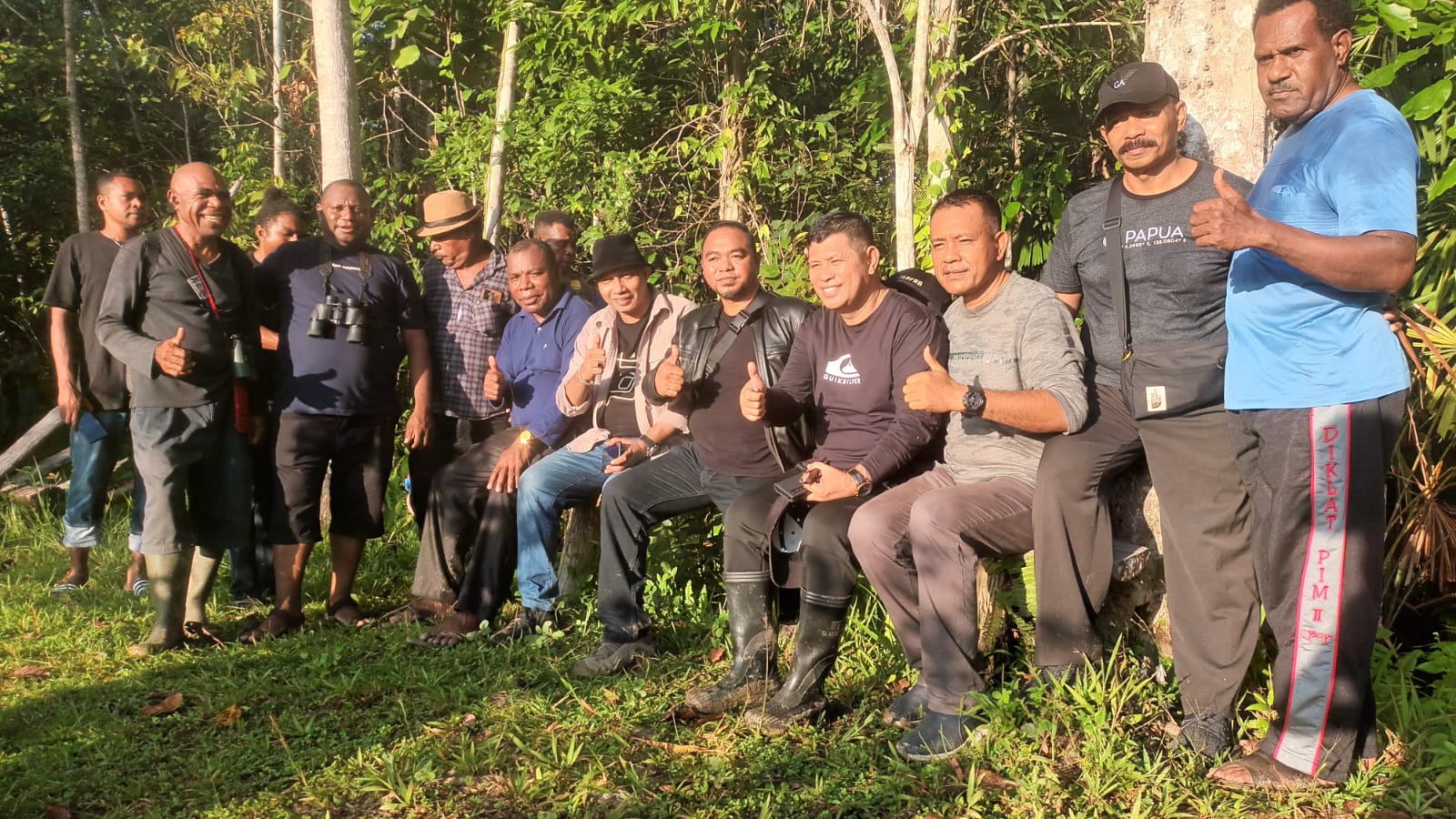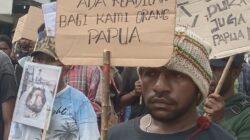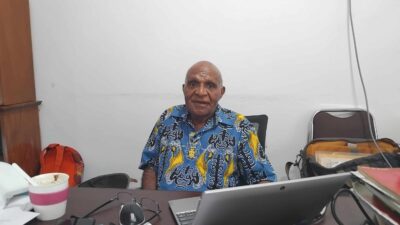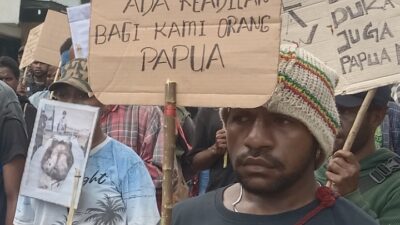Sentani, Jubi – The Jayapura Regency Administration went on a tour with the theme “Pulang Kampung” (Returning Home), taking officials to explore various tourist destinations in Jayapura Regency.
The journey commenced from the Jayapura Regent’s Office, and the first stop was the Isyo Hills, known for its Bird of Paradise observation site, located in Repang Muaif Village, Nimbokrang District.
The tour then continued to several sites, including memorials in Nimboran District, a bathing place in Berap Village, and the picturesque Seribu Cemara Beach in Muaif Village.
Joined by the Acting Regent of Jayapura, the Regional Secretary, and other officials, the tour served multiple purposes. Other than allowing the officials to experience and assess the existing facilities and infrastructure – so they could think about ways of enhancing them, the tour served as a preparation for the upcoming commemoration of Indonesia’s 78th Independence Day on August 17, 2023. The administration wanted to ensure all government officials in the district and village were ready for the celebrations.
The uniqueness and rarity of the Isyo Hills, where Birds of Paradise showcase their captivating dance on tree branches, were acknowledged by Jayapura Acting Regent Triwarno Purnomo.
Genyam, the capital of Nimboran District, also held historical significance as it had various monuments. These included a monument commemorating the entry of the gospel into the Grimenawa Valley in 1925, a monument for the successful Yawa Datum Cooperative’s activities in the Pacific region in 1949, and a Japanese monument built to honor the 7,200 Japanese soldiers who lost their lives during World War II in 1943.
Furthermore, Purnomo highlighted the untapped potential of other natural tourist attractions in the region. Many of these attractions, such as rivers and beaches, have been independently managed by local communities with customary rights.
To maximize the positive impact on local communities, there was a need to address issues such as unorganized levies or retributions charged to visitors. Proper management and organization of these sites could lead to more sustainable and beneficial outcomes for both tourists and locals, Purnomo said. (*)














